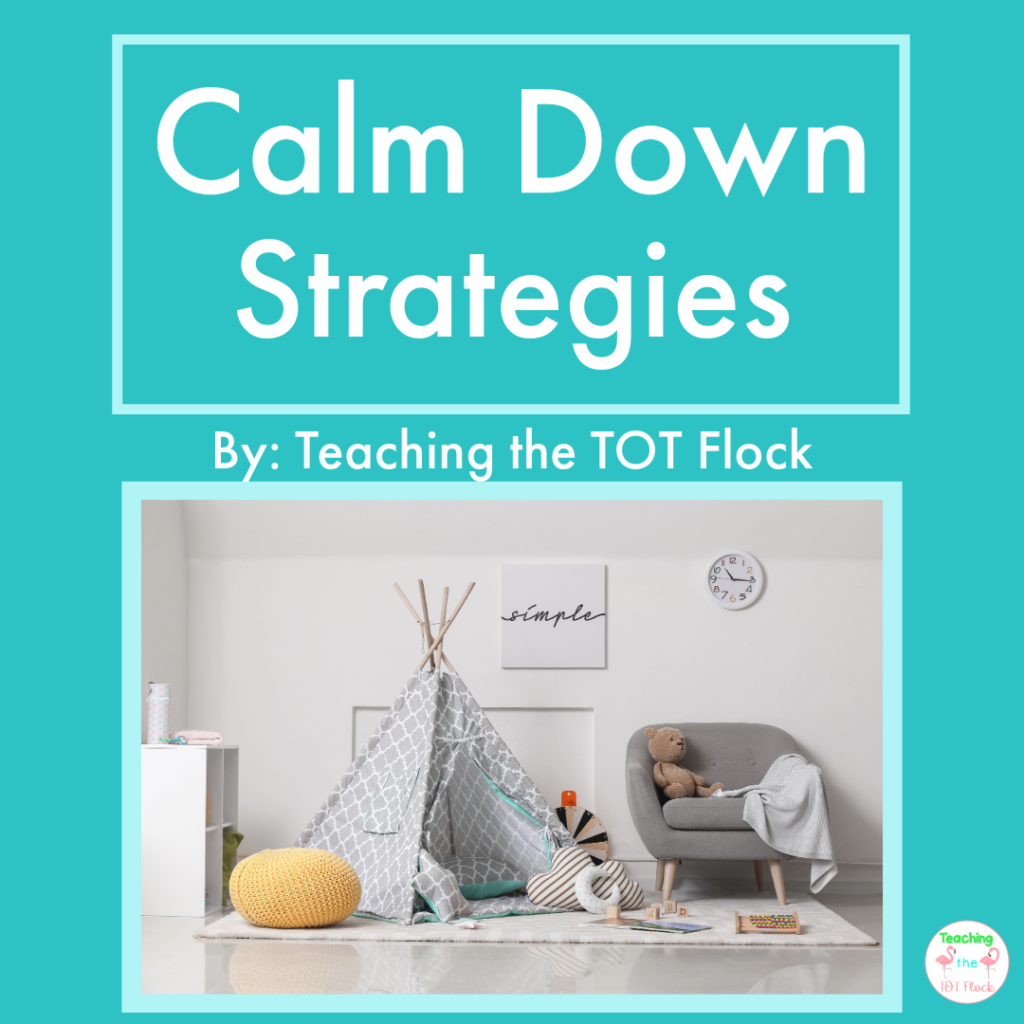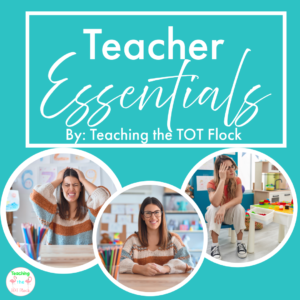
Life requires us to have some calm down strategies for when life is too hard to handle. The ability for oneself to calm down and regulate their own emotions is a vital life skill. This skill takes time and years to master and needs to be ready at all times to use in stressful situations. We as teachers and parents have a key job when it comes to teaching this skill. First, we need to label emotions in real time this is how children learn that their emotions have names. Once children understand feelings and the emotion is a relationship is when they can learn to self-identify how they feel. To be calm is more than just a feeling, it means your mind is calm from stress and tension.
Like any skill this will take practice and lots of repetition, in order for mastery. This is where we put our superhero capes on and teach children how to save their own day by teaching these essential skills through real life situations.
Calm Down Activities
Calm down activities can help train a new skill as well as teach ways to calm down for the future. Some activities are breathing, yoga, sensory bottles, and books.
Breathing
Breathing can be a technique used to calm down. This type of breathing when performed correctly allows the person to learn more about how they are breathing and feel how their breathing helps them to calm down. When we use breathing to calm down we are allowing our heartbeat to slow down to help us feel calmer.

Yoga
Yoga or other movement activities can also help to calm down by having your mind focus on the movements and stability. Yoga can be used to calm down and as a distractor from emotions however; this is performed in a more productive approach for our feelings. Some yoga poses can include downward dog, the easy pose, cat, cow, and warrior pose. Some other movements might be pushing a wall, stomping feet, or jumping up and down.
Sensory Bottles
Sensory bottles can be fun to create and almost anything can go in them. Sensory bottles have a way of taking us on a “mind vacation.” Children can pick up a sensory bottle and seem to go to a world with their imagination while their brain works at rapid speeds to process everything that they see. These “mind vacations,” allow a child to calm down and recompose their emotions and learn how to regulate and move on from a situation better than any words from a teacher can provide. Some may underestimate the power of a sensory bottle used as a means to calm down.
Books
Books can be another way to help teach about emotions and how to handle such big emotions through stories. Learning through stories can be a powerful tool when used with intention. Homemade books also can be beneficial to use with children. Placing the same books in a calm area in the classroom can help reinforce the skills being taught.
More Calm down activities
Some other calm down activities can include drawing a picture, playing with playdough or another sensory material, blowing a pinwheel, blowing bubbles, or asking for a hug. Keep in mind that each child is unique and might need different approaches to calm their bodies. Also, learning more than one method to calm down can help when a calming strategy is not available to use or is not appropriate in an environment.



Calm Down Corner Ideas
Some other calm down corner ideas can include puppets, visual aids, and sensory toys. Puppets can be used to help teach through storytelling and through acting out various feelings. Visual aids such as posters, breathing cards, and pictures of emotions can help teach children how to use the area appropriately. The calm down corner should be a place that is available to any child who needs the space to take a moment for themselves and then come back to the group.

More Resources:
Blissful Kids How to calm a child 5 steps
Action for Healthy Kids Calm Down Corner
Teaching the TOT Flock: Teaching Emotions Blog Post
The OT Toolbox







